Archive for the ‘Humor’ Category
Secret Urge (Involving a Jeep)
Tuesday, April 3rd, 20182017 Photographs: Mooning in NYC
Monday, January 8th, 2018.
Early in Lin-Manuel Miranda’s stage musical, Hamilton, during a scene set on the streets of Colonial New York City, the Schuyler Sisters — Angelica, Eliza (and Peggy) — sing an exuberant song in praise of the city. Among the song’s lyrics are these joyful words:
“[H]ow lucky we are to be alive right now! History is happening in Manhattan and we just happen to be in the greatest city in the world!”
The three young ladies dare any of their listeners to deny that theirs is indeed the “greatest city.” The challenge they issue to dissenters is a simple instruction, repeated over the course of the song a total of 16 times:
“Look around!”
Over two centuries later, look around is still good advice to anyone who wants to experience New York City in all of its fullness. I would add one amendment to the guidance of the three sisters. If you find yourself on the streets of present-day NYC, remember this:
There are moments when looking around also calls for you … to look up!
.
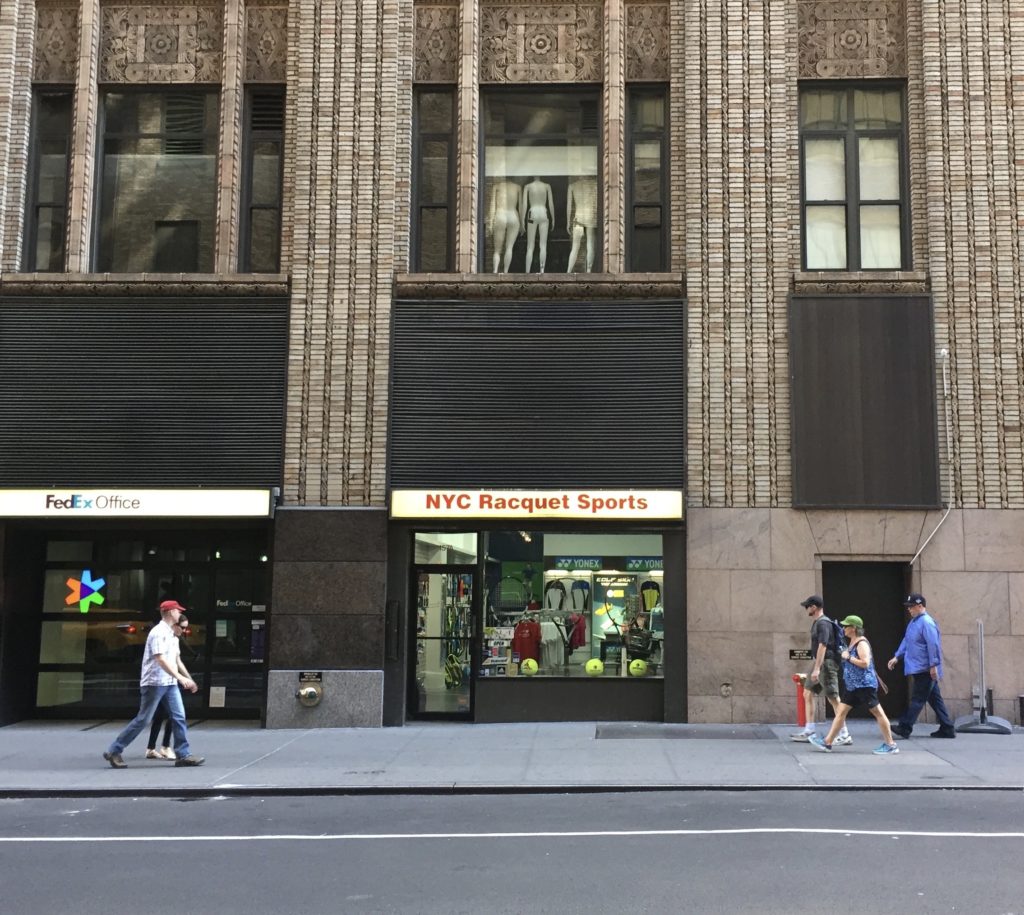 New York City, 157 W. 35th St., September 23, 2017 at 11:45:33 AM
New York City, 157 W. 35th St., September 23, 2017 at 11:45:33 AM
.
What Man Says, What Nature Says
Saturday, January 30th, 2016.
Photos of Glover Park yesterday at dusk: a hand-printed sign guarding a shoveled-out parking space, and a sunset view from the edge of the park.
.
.
.
More examples of parking-space “dibs” signs, made by city folks in DC and Philadelphia as they dug their way out of the blizzard of 2016, can be found here.
Like Attracting Like
Sunday, October 4th, 2015Being drawn to people who look like ourselves is a common phenomenon firmly based in science. A number of recent articles provide an explanation, here, here, and here. When finding another person attractive, your standards will relate to aspects of your own appearance that you know best — your face, the shape of your head and body, your coloring, etc.
Does this “like attracted to like” phenomenon apply beyond our evaluation of other people?
I think so.
It’s often remarked how the pets people choose, especially dogs, look like their owners. From anecdotal evidence, and my practice as an armchair psychologist, I believe a strong case can be made that this gravitational pull extends even further — to inanimate things that catch our eye in the material world. I’ve posted about this subject once before, here. Yesterday brought to my sight another example.
At Costco there was an indoor display of pumpkins. It was huge, while maybe not yooge. When autumn arrives, who among us — whether a person or a cartoon character — can resist the spell of ripe pumpkins? The scene was worthy of being photographed and so I snapped several pictures of it.
Here’s one:
.
.
Later at home, while looking through the full set of photos, one picture jumped out. It includes a woman who, amid the crowd attracted to this harvest of pumpkins, I remember reacted to the display with special delight:
.
.
I rest my case.
.
Cartoon (hand-made)
Wednesday, January 21st, 2015Signs in the Neighborhood
Wednesday, January 7th, 2015.
Yesterday’s drifting snow in Glover Park turned a cautionary sign into really bad advice:
Cleaned up, the sign reveals its original intent (click on image to enlarge):
.
For additional information about these safety signs, go to http://drivelikeyourkidslivehere.com/.
Several blocks to the south, in Georgetown, someone turned their mini-dumster into a four-sided plea:
.
Attention All Quick Brown Foxes: Now’s Your Chance!
Sunday, August 24th, 2014.
On this lazy Sunday morning:
.
[Referencing the “sleeping” version of the pangram used by typing teachers.]
.
Wi-Fi Network Names
Saturday, March 30th, 2013.
Recently I’ve spent a lot of time, mornings and evenings, on a crowded city bus. The bus follows a zig-zag route through several neighborhoods and its pace is slow enough to deliver to my phone’s Wi-Fi Settings page an ever-changing list of network names. Among the creative ones:
Names of households with a communal/trippy vibe: VeggieHaus, 6chicks, neverneverland
Names of proprietary users: GRPonly, Steve!, Manbearpig,
Very very specific names: NathanUpstairs2
Names with an upbeat spirit: Happiness1234, Healthy, I love Alex
Downbeat names: GrumpyBear
Sad news names: Jobless
Names that double as a Personal Ad: Slim and Big Eyes, Gimmie Some of That
Names you may want to ignore: Sprinkles, Boner Soup, Deadbeef
– – – – – – – – – –
[More from another source, here.]
.



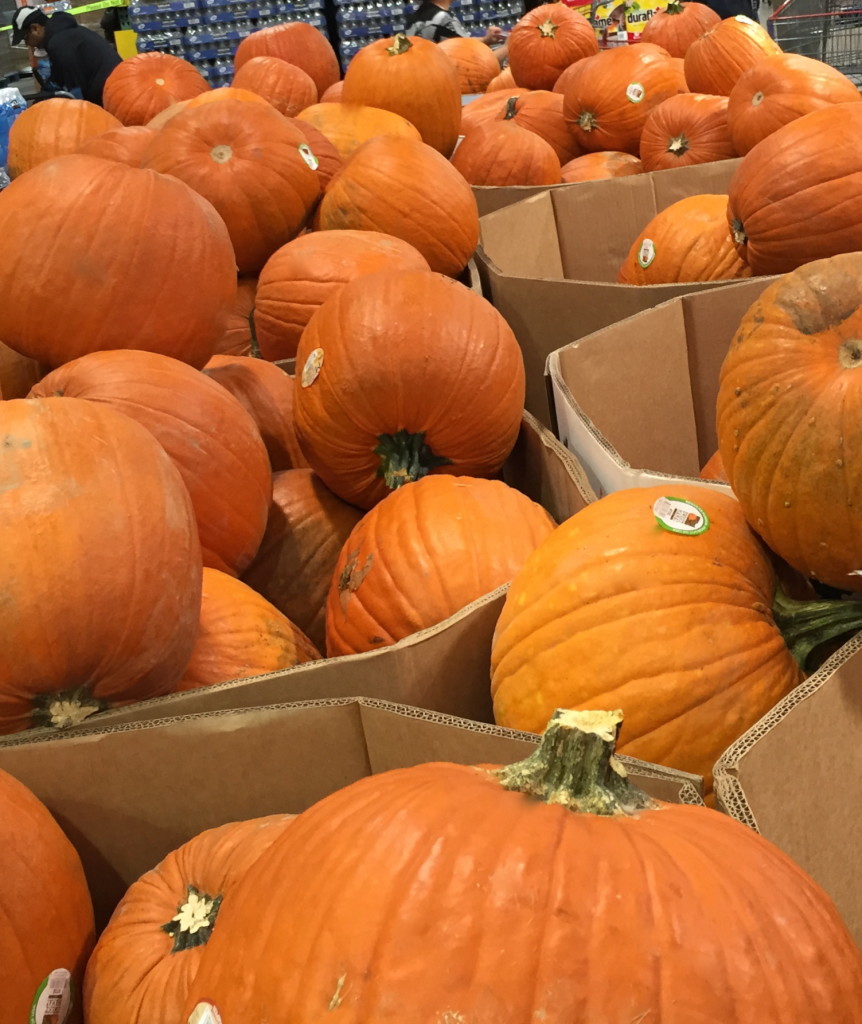
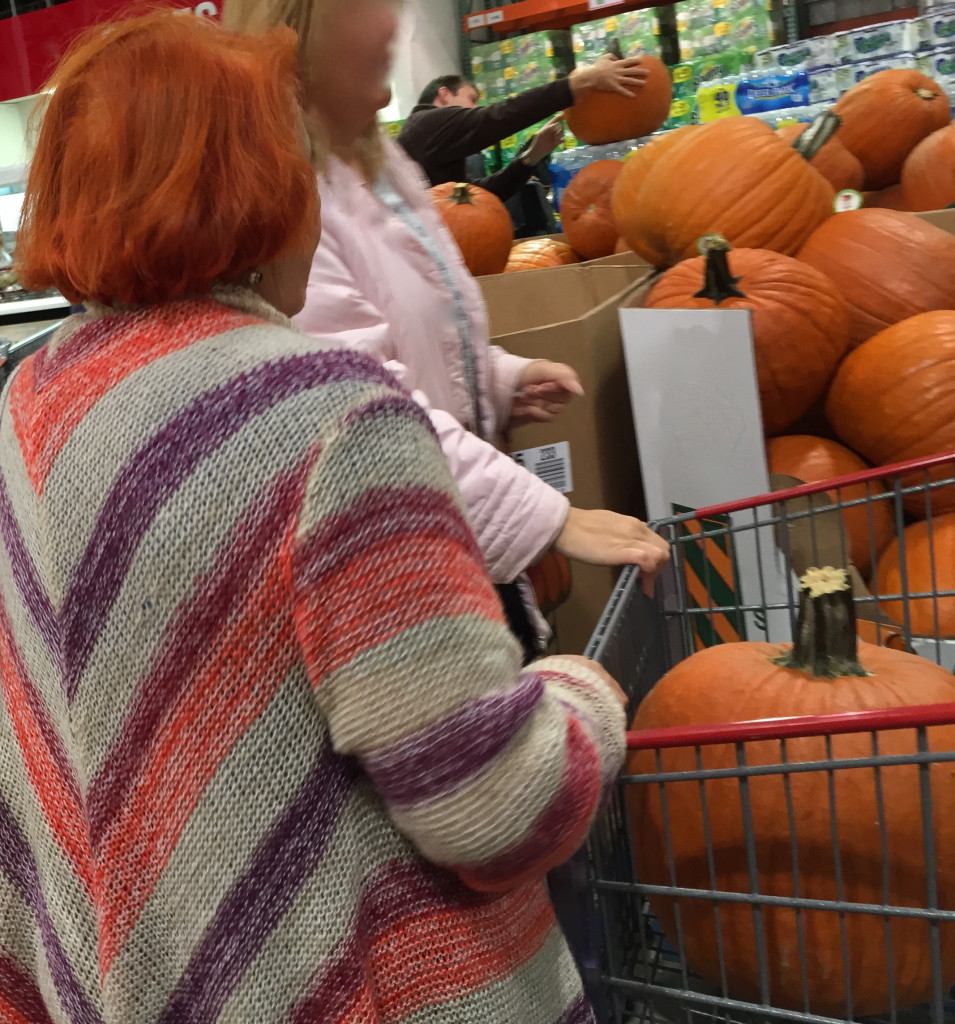
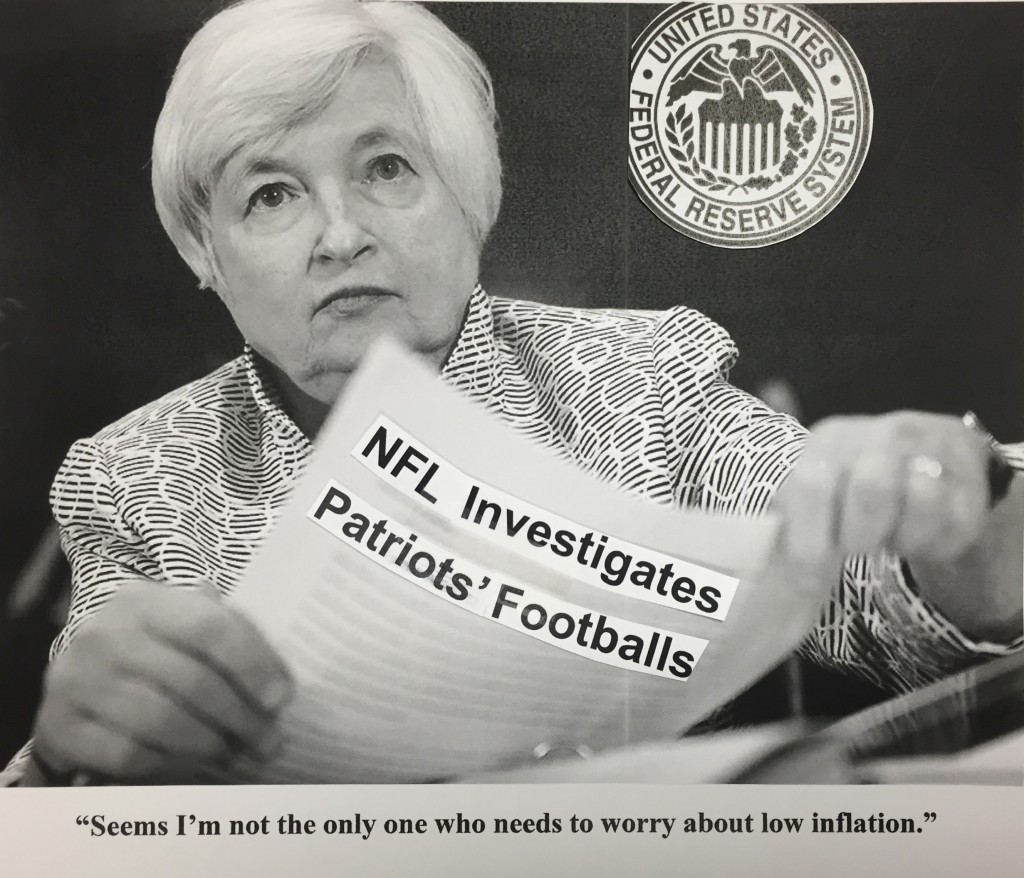
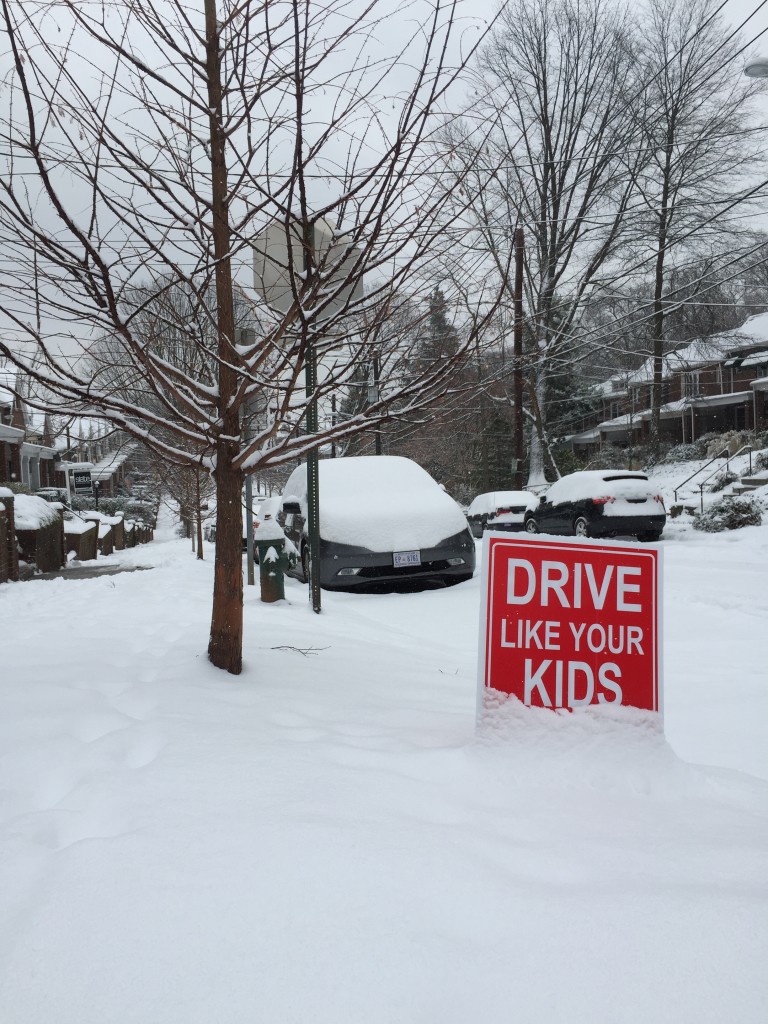


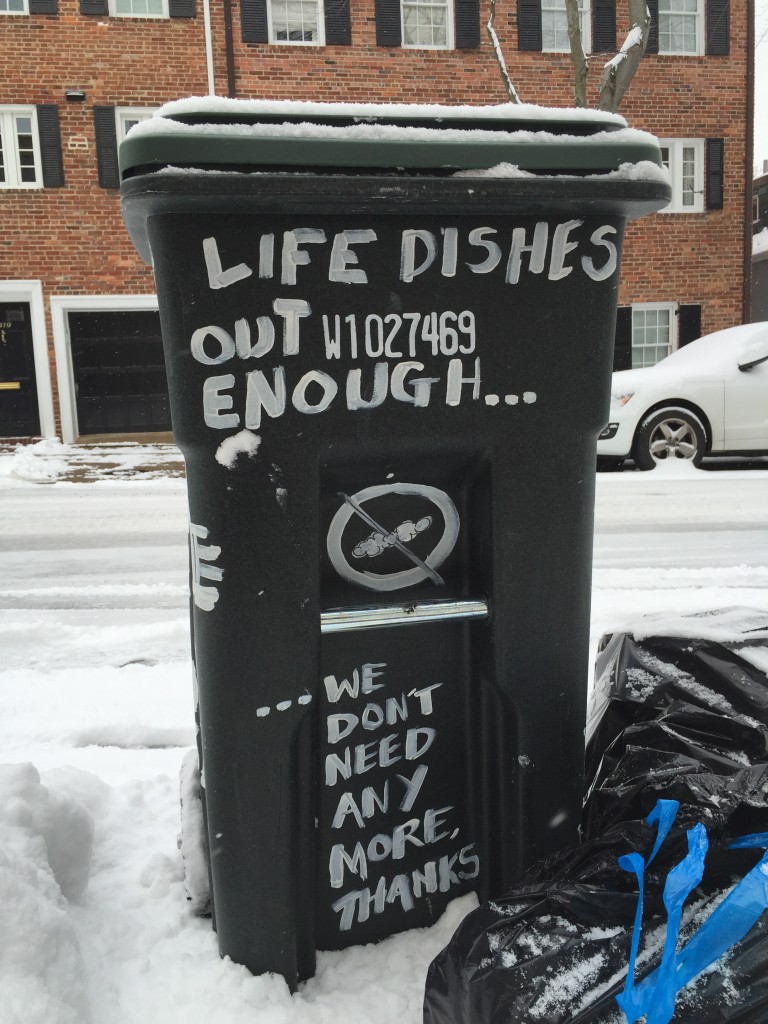
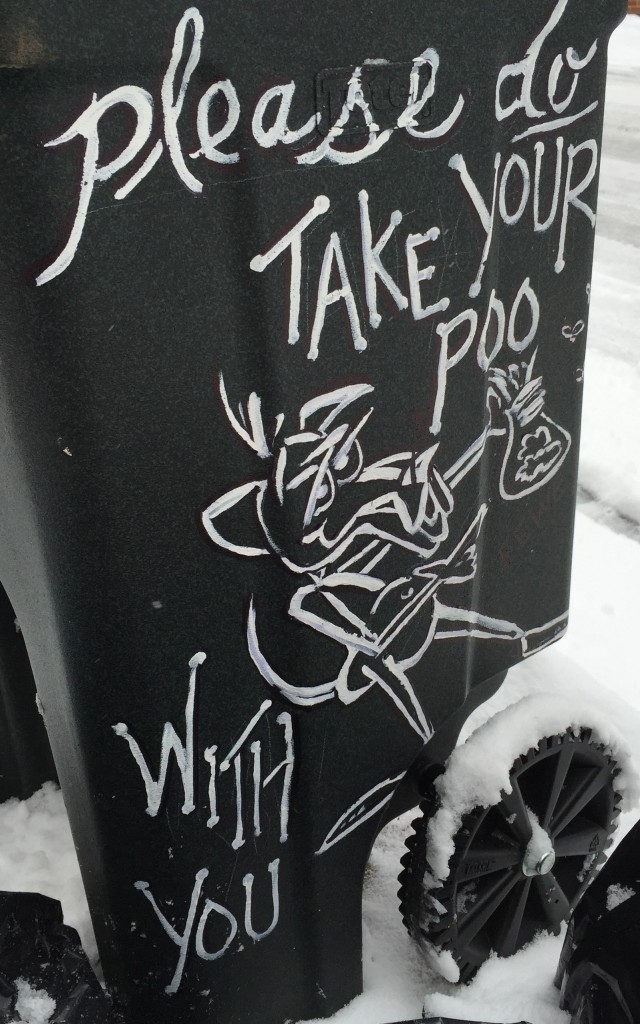


Blog Spam – A Look Behind the Curtain
Sunday, November 9th, 2014Despite the valiant defense of anti-spam filters, this blog, like most every blog, receives its fair share of blog spam.
Usually considered a petty annoyance, the phenomenon is an unlikely source of enchantment for some. Dan Piepenbring, for example, in a piece for Paris Review (“Postcards from Another Planet“), studies spam comments within the context of a literary tradition.
Right now I’m more intrigued with how spam is created.
A clue arrived the other day in an extraordinarily long comment on a book review I posted on this blog last year. The comment opened a window into the hidden mechanics of spam construction.
It was a thick clump of confusing text. On closer examination I saw segments within the run-on message that could be used as a template to build a semi-coherent comment if one were so inclined. A would-be commenter could first isolate a part of the material and then customize it by choosing among words found in bracketed portions of the text:
Wow, this { article / post / piece of writing / paragraph } is { nice / pleasant / good / fastidious }; my { sister / younger sister } is analyzing { such / these / these kinds of } things, { so / thus / therefore } I am going to { tell / inform / let know / convey } her.
I appreciate { this sort of / this type of / such / this kind of } clever work and { exposure / coverage / reporting }! Keep up the { superb / terrific / very good / great / good / awesome / fantastic / excellent / amazing / wonderful } work.
Greetings from { Idaho / Carolina / Ohio / Colorado / Florida / Los Angeles / California }! I’m { bored to tears / bored to death / bored } at work so I decided to { check out / browse } your { site / website / blog } on my iphone during lunch break. I { enjoy / really like / love } the { knowledge / info / information } you { present / provide } here and can’t wait to take a look when I get home.
But in this instance, it appears the { lazy / scatterbrained / apathetic / sloppy / just plain dumb } commenter said to hell with choosing, why not simply send out the { entire / raw / exhausting / un-customized } shebang?
The shebang can be found here.
{ Check it out / Let me know the reaction of your younger sister / Get back to work! }
Tags:blog spam, comment spam, Dan Piepenbring, Diana Schneidman, lit spam, Paris Review, Postcards from Another Planet, Spam
Posted in Blogs and blogging, Humor | No Comments »